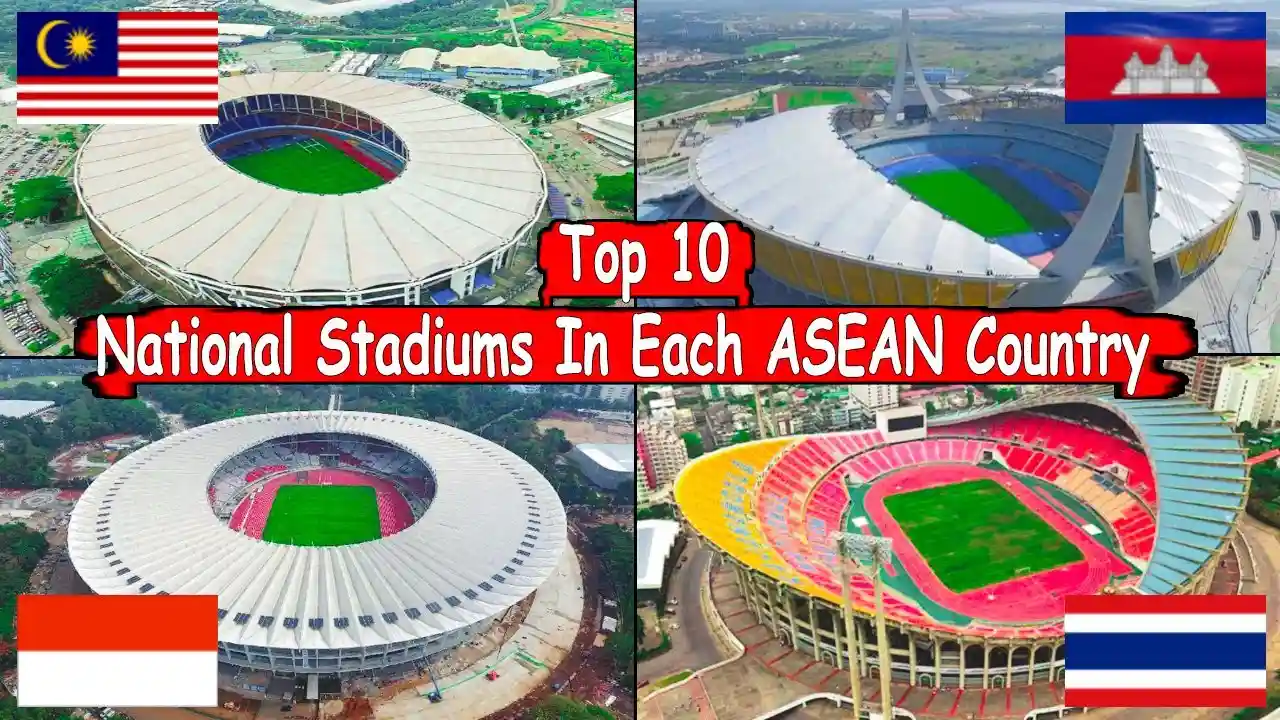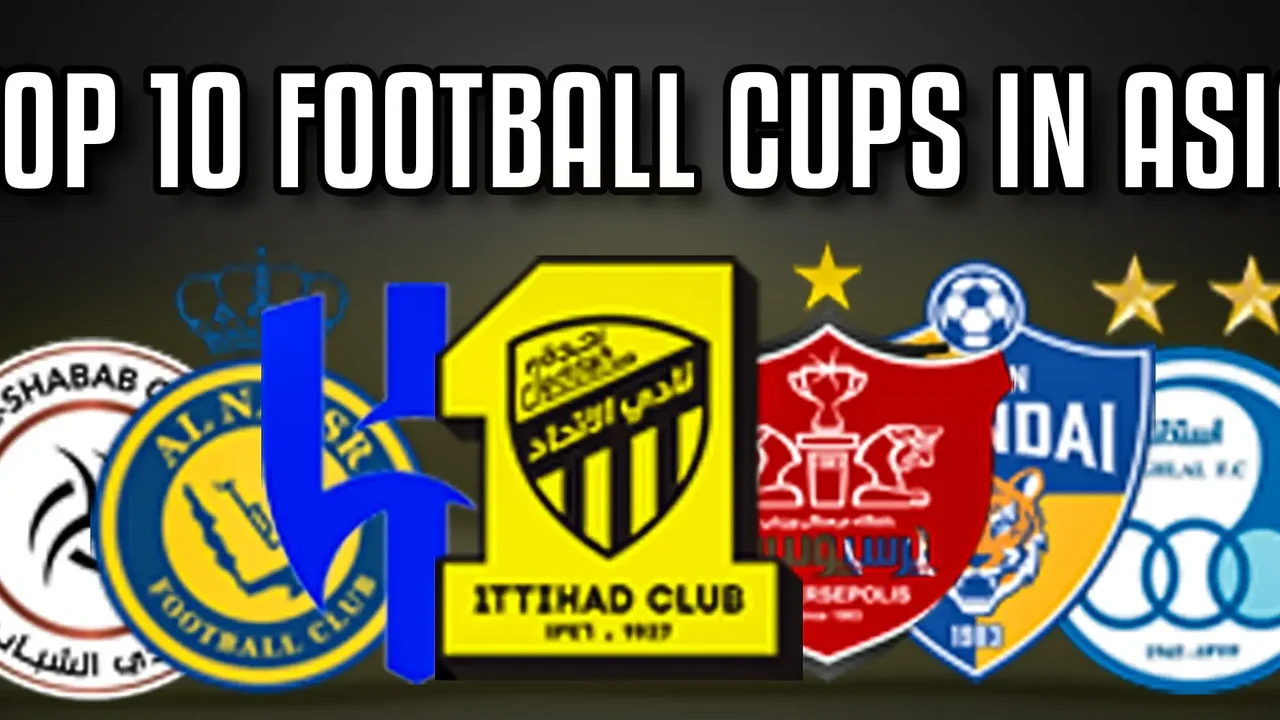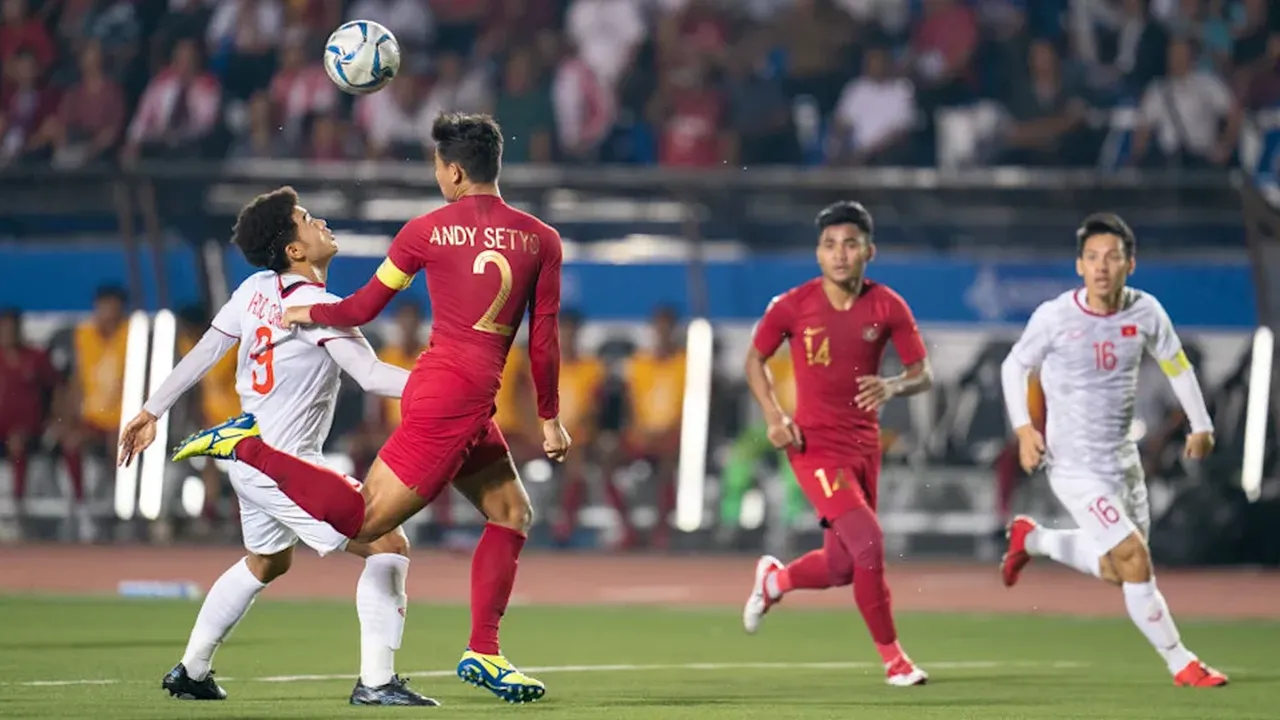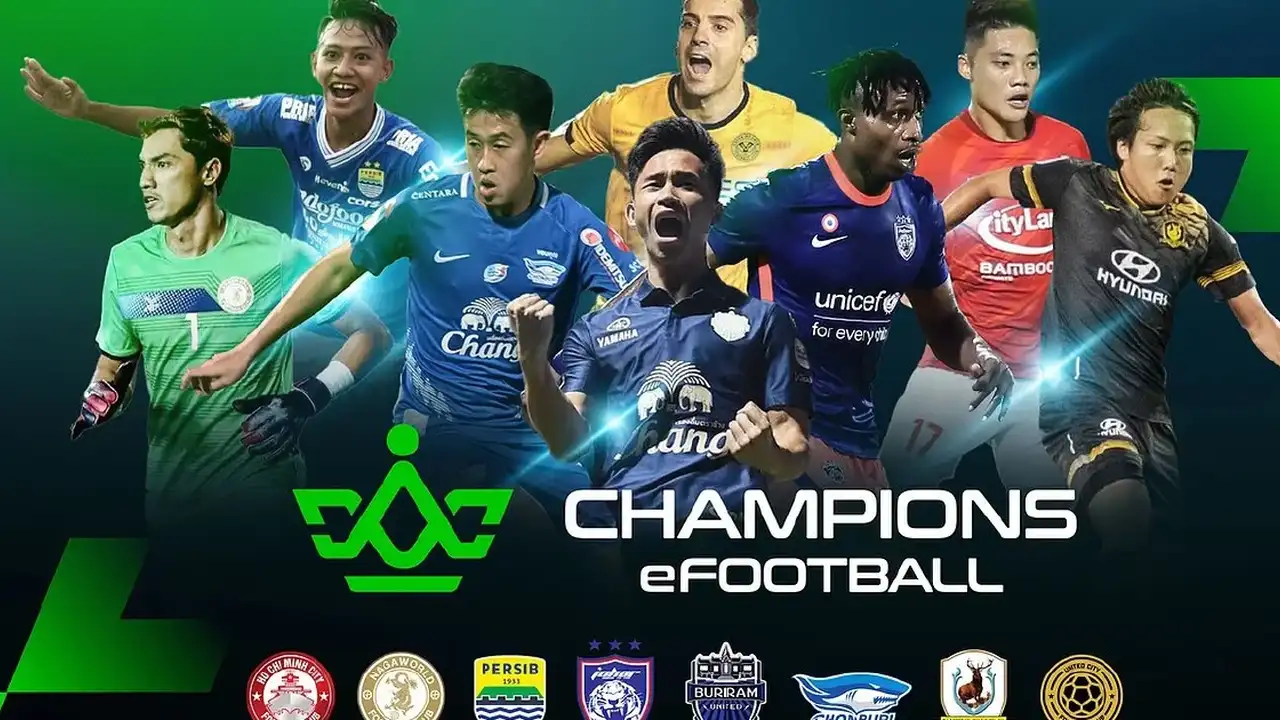Southeast Asian Soccer Infrastructure: A Need for Improvement

The Current State of Soccer Infrastructure in Southeast Asia An Overview
Okay, let's talk about soccer in Southeast Asia. It's a region buzzing with passion for the beautiful game, right? You see the fans, the jerseys, the local leagues... the enthusiasm is HUGE. But, and this is a big but, the infrastructure often lags behind that passion. We're talking about stadiums, training facilities, pitches – the whole shebang. Some countries have pockets of excellence, sure. Singapore's got some decent stuff, and maybe Malaysia too. But across the board? There's definitely room for improvement. Think about the impact this has on player development, on attracting international tournaments, on just making the game more enjoyable for everyone involved. It's not just about having a fancy stadium; it's about having quality training grounds for young players, proper medical facilities, and even just well-maintained pitches that don't turn into mud pits after a bit of rain. Let's dig deeper into what exactly needs fixing and why it matters.
Stadiums Are They Up to Par?
So, stadiums. Are they packed? Usually, yes! Are they modern, safe, and comfortable? That's where things get a bit dicey. You'll find a mix of everything. Some stadiums are aging relics, built decades ago and barely maintained. Think cracked seats, poor lighting, and inadequate toilet facilities. Others are newer, more modern, but often lack the capacity or amenities to host major international events. And then there's the issue of location. Are they easily accessible by public transport? Are there enough parking spaces? These things might seem small, but they significantly impact the fan experience. A good stadium isn't just a place to watch a game; it's a destination, a place where fans can come together and enjoy the atmosphere. Upgrading existing stadiums and building new, purpose-built facilities is crucial for the growth of soccer in the region. It sends a message that the sport is being taken seriously and it enhances the overall experience for players and fans alike.
Training Facilities The Foundation of Future Success
Let's be real, you can't build world-class players without world-class training facilities. And this is where Southeast Asia often falls short. Too many young players are training on subpar pitches, with inadequate equipment, and without access to proper medical care. Think about it: if you're constantly playing on a bumpy, uneven surface, you're more likely to get injured. If you don't have access to proper physiotherapy, those injuries can become chronic. And if you don't have access to modern training equipment, you're not going to be able to develop your skills to the fullest potential. Investing in training facilities is an investment in the future of Southeast Asian soccer. It's about providing young players with the resources they need to succeed. This includes things like well-maintained pitches, modern gyms, recovery centers, and access to qualified coaches and medical staff. It's about creating an environment where young players can thrive and reach their full potential.
Pitch Quality A Fundamental Requirement for Better Gameplay
Seriously, have you ever seen some of the pitches in Southeast Asia after a bit of rain? They turn into mud baths! And that's not just aesthetically displeasing; it seriously impacts the quality of play. Players can't pass accurately, they can't run properly, and the risk of injury increases dramatically. Maintaining high-quality pitches is absolutely essential for improving the standard of soccer in the region. This means investing in proper drainage systems, using high-quality turf, and employing skilled groundskeepers who know how to maintain the pitches properly. It also means understanding the local climate and adapting the pitch maintenance accordingly. A good pitch should be firm, even, and well-drained, allowing players to showcase their skills and play to their full potential. Think about the difference it would make to the speed and fluidity of the game!
The Impact of Poor Infrastructure on Player Development and Performance
So, we've talked about the individual components of soccer infrastructure, but what's the overall impact of poor infrastructure on player development and performance? It's huge! When players are constantly dealing with substandard facilities, it affects their morale, their motivation, and their ability to improve. They're more likely to get injured, they're less likely to develop their skills to the fullest potential, and they're less likely to be able to compete at the highest level. It creates a vicious cycle: poor infrastructure leads to poor player development, which leads to poor performance on the international stage, which leads to less investment in infrastructure. Breaking this cycle requires a concerted effort from governments, soccer federations, and private investors. It's about recognizing that investing in infrastructure is an investment in the future of Southeast Asian soccer. It's about creating an environment where players can thrive and reach their full potential.
Recommendations for Improvement A Multi-Pronged Approach
Okay, so what can be done to improve soccer infrastructure in Southeast Asia? It's not a simple fix; it requires a multi-pronged approach that involves governments, soccer federations, private investors, and even the fans themselves. Here are a few recommendations:
* **Government Investment:** Governments need to prioritize investing in sports infrastructure, including soccer stadiums, training facilities, and pitches. This could involve allocating funds from national budgets, offering tax incentives to private investors, and partnering with international organizations to secure funding. * **Private Sector Involvement:** The private sector can play a crucial role in developing and maintaining soccer infrastructure. This could involve building new stadiums, sponsoring training facilities, and investing in pitch maintenance. * **Grassroots Development Programs:** Investing in grassroots development programs is essential for nurturing young talent. This includes providing access to quality coaching, equipment, and facilities for young players, regardless of their background. * **Community Engagement:** Engaging with local communities is crucial for ensuring that soccer infrastructure is accessible and beneficial to everyone. This could involve building community soccer fields, organizing soccer clinics, and promoting soccer as a healthy and positive activity. * **Sustainable Solutions:** Implementing sustainable solutions is essential for ensuring the long-term viability of soccer infrastructure. This includes using environmentally friendly materials, conserving water, and promoting energy efficiency. * **Strategic Planning:** Developing a strategic plan for soccer infrastructure development is essential for ensuring that resources are allocated effectively and that the needs of the sport are met. This plan should involve all stakeholders, including governments, soccer federations, private investors, and fans.Product Recommendations for Pitch Maintenance and Training
Beyond the big-ticket items like stadium construction, let's talk about the everyday essentials that can make a huge difference. Here are a few product recommendations for pitch maintenance and training, along with their uses, comparisons, and price ranges (USD):
Pitch Maintenance Products
* **Sprinkler Systems (Hunter, Rain Bird):** * *Use:* Automated irrigation for consistent watering, crucial for pitch health. * *Comparison:* Hunter is known for its durability, Rain Bird for its advanced features like weather-based adjustments. * *Price:* $500 - $5000+ depending on the size of the system and features. Installation costs extra. * **Pitch Mowers (John Deere, Toro):** * *Use:* Maintaining the correct grass height for optimal play. * *Comparison:* John Deere is renowned for its reliability, Toro for its precision cutting. * *Price:* $2000 - $20,000+ depending on the type (reel, rotary) and features. * **Line Marking Machines (Fleet, Pitchmark):** * *Use:* Creating clear and visible lines on the pitch. * *Comparison:* Fleet offers a range of machines, from simple push models to sophisticated sprayers. Pitchmark specializes in eco-friendly line marking solutions. * *Price:* $500 - $5000+ depending on the type and features. * **Soil Aerators (Ryan, Classen):** * *Use:* Improving soil drainage and aeration, preventing compaction. * *Comparison:* Ryan is known for its robust construction, Classen for its user-friendly design. * *Price:* $1000 - $10,000+ depending on the type (core, solid tine) and features.Training Equipment
* **Soccer Goals (Goalrilla, Bownet):** * *Use:* Essential for shooting practice and games. * *Comparison:* Goalrilla offers high-quality, permanent goals. Bownet provides portable and easy-to-set-up options. * *Price:* $200 - $2000+ depending on the size, material, and portability. * **Agility Ladders (Yes4All, ProsourceFit):** * *Use:* Improving footwork, speed, and agility. * *Comparison:* Yes4All offers affordable and durable ladders. ProsourceFit provides more specialized options with adjustable rungs. * *Price:* $10 - $50. * **Resistance Bands (TheraBand, Fit Simplify):** * *Use:* Building strength and improving flexibility. * *Comparison:* TheraBand is a trusted brand for medical-grade resistance bands. Fit Simplify offers a variety of resistance levels and colors. * *Price:* $10 - $30. * **Cones and Markers (Champion Sports, Crown Sporting Goods):** * *Use:* Setting up drills and marking boundaries. * *Comparison:* Champion Sports offers a wide range of cones and markers in various colors and sizes. Crown Sporting Goods provides durable and affordable options. * *Price:* $10 - $50 per set. * **Rebounders (Quickplay, SKLZ):** * *Use:* Improving passing accuracy, first touch, and reaction time. * *Comparison:* Quickplay offers portable and easy-to-assemble rebounders. SKLZ provides more advanced options with adjustable angles and targets. * *Price:* $50 - $500.These are just a few examples, of course. The specific products you need will depend on your budget, the size of your facility, and the specific needs of your players. But hopefully, this gives you a good starting point for investing in the equipment that can help improve the quality of soccer in Southeast Asia.
The Role of Technology in Improving Soccer Infrastructure
Don't forget about technology! It's not just about physical infrastructure; it's also about leveraging technology to improve coaching, training, and player development. Think about things like GPS tracking systems that can monitor player performance, video analysis software that can help coaches identify areas for improvement, and even virtual reality training platforms that can simulate game situations. These technologies are becoming increasingly affordable and accessible, and they have the potential to revolutionize soccer in Southeast Asia. Imagine using GPS trackers to monitor the distance covered by players during training sessions, or using video analysis software to break down their technique and identify areas for improvement. It's all about using data to make informed decisions and optimize player performance.
The Future of Soccer Infrastructure in Southeast Asia A Vision for Success
So, what does the future hold for soccer infrastructure in Southeast Asia? I'm optimistic! I believe that with the right investment, the right planning, and the right commitment, the region can build world-class facilities that will help to nurture young talent and elevate the standard of the game. Imagine a future where every young player in Southeast Asia has access to quality training facilities, where every stadium is packed with passionate fans, and where Southeast Asian teams are regularly competing at the highest level on the international stage. It's an ambitious vision, but it's achievable. It requires a collective effort from governments, soccer federations, private investors, and fans. But if we all work together, we can make it happen. The passion is there, the talent is there, and the potential is there. All we need is the infrastructure to unlock it.
:max_bytes(150000):strip_icc()/277019-baked-pork-chops-with-cream-of-mushroom-soup-DDMFS-beauty-4x3-BG-7505-5762b731cf30447d9cbbbbbf387beafa.jpg)






